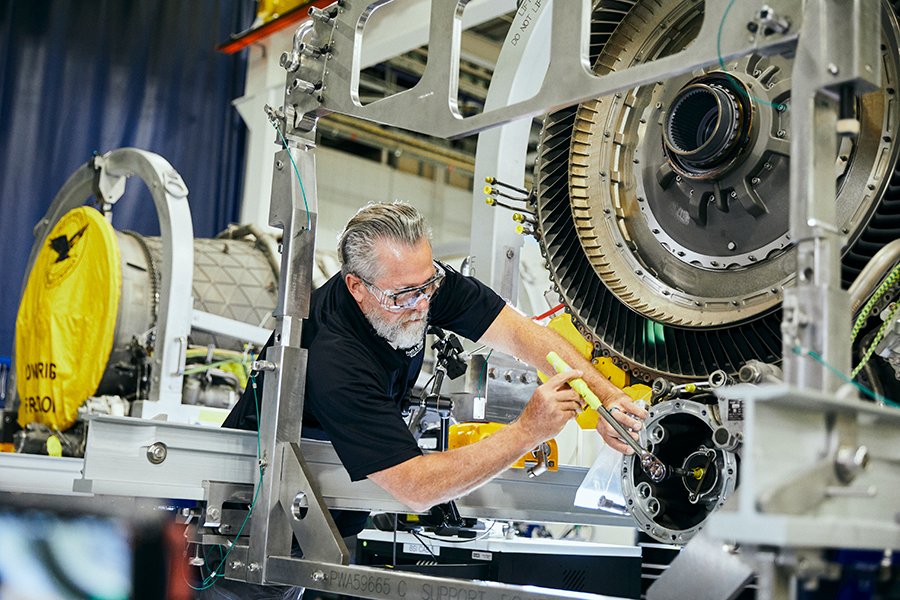The Program
The F135 Engine Core Upgrade
History of the F135 engine
Twenty years ago, after extensive competition, the Pentagon awarded a contract to develop the Joint Strike Fighter—a common airframe platform that supports unique missions and meets the requirements of legacy programs while benefitting from common maintenance, training, and supply chains. Similarly, there was extensive competition to develop the aircraft’s engine—one that would be interoperable for all variants of the plane.
In 2009, Pratt & Whitney delivered the first production version of the F135 engine, and in 2011, a broad, bipartisan majority in Congress voted to end a long-standing earmark for an alternative engine. Today, the F135 is the world’s most advanced fighter engine with proven readiness and reliability.
Evolved from the F119 engine that powers the F-22 Raptor and built upon decades of combat-proven propulsion experience, the F135 is a prime example of modern engineering. At the same time, the production costs of the F135 engine have decreased by 50 percent.
Despite this, some in Congress and the Pentagon are attempting to resurrect the earmark for an alternative engine. Rather than spending taxpayer dollars on a theoretical alternative engine, Pratt & Whitney proposes updating the proven F135 engine through the Engine Core Upgrade.
The Engine Core Upgrade
The F135 Engine Core Upgrade (ECU) builds on the proven architecture of the existing F135 fighter jet engine in the form of a block upgrade. This is the most cost-effective, lowest risk modernization solution for the F-35.
Derived from the safest, most reliable fighter engine ever produced
Fastest schedule to field meaningful capability
Only variant-common modernization solution
10s of billions in lifecycle cost savings for the F-35 program
Capability to enable Block 4 upgrades





